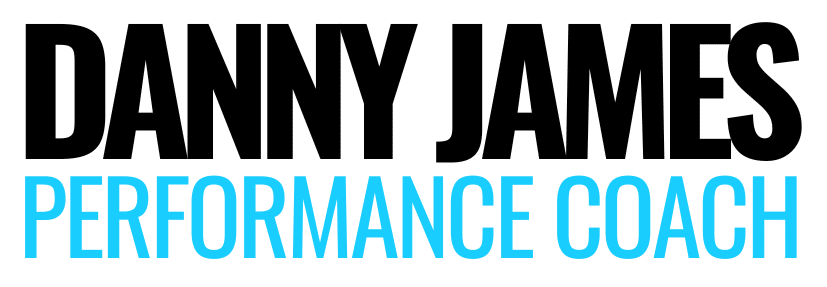I'd like to introduce to you something that could leverage massive results for you in your training and help you avoid training plateaus along the way.
It's a concept known as Conservation of Variation.
And it's exactly what it sounds like – conserving variation.
Being thrifty with your use of change in training.
Because some training variation is important in the long term. But, if adaptive energy is too widely distributed then progress will be diluted.
This can involve variants of an exercise. Switching exercises too often or too early can smother adaptations. Sitting on a group of exercises for too long can cause you to enter a place of training staleness.
An easy solution to this would be to leave some exercise variants out of rotation until they're needed. Really needed. So you have some unused options you'll be highly sensitive to, once you've exhausted your current lifts.
Another example of variation overkill can involve whole training programs. Where a person might repeat a program over and over thereby reducing its effectiveness.
Or program hopping before the program has even been completed.
Ultimately, using just the right amount of variation at the right time can help allow training gains to continue unhindered.
Here's another example of where folks often go wrong.
Once in a while (and against my better judgement) I'll agree to look over somebody's DIY program for them. Programming happens to be my silver bullet so very often I'm chuffed when asked.
But alas, my enthusiasm usually dissolves quicker than a redheads tan.
What I often see are programs that use every known exercise variation for a body part you can imagine. Usually, in an attempt to cover all angles and build a balanced physique.
Probably a small case of FOMO too, I'm sure.
Now, training the body from many angles itself is not a bad thing. It gives you a more complete development, greater balance and movement proficiency.
It also helps to:
- Accumulate training volume, which is a big driver of muscle hypertrophy.
- Target/shape unpracticed or lagging movements and strengthen specific contributing muscles.
When I'm building out a training program, I look for ways to include a proper balance of pushing and pulling movements for both the upper and lower body.
It's also wise to cover different directional biases or force vectors.
What I often see in home-cooked plans, however, is that no exercises are left off the menu. It's a big list of every lift and angle you could think of.
Now, there are a few things to consider with this ‘cover every possibility' approach.
The most glaring problem of all is this:
If you use all the most productive or favourite exercises in your current program, you will have fewer variations left to later use or progress towards.
The human body is a very efficient and adaptive organism and will acclimate to a given training stimulus very quickly.
This is where you’ll begin to see your progress slow or stop altogether.
Once your training hits a dreaded plateau and the current group of lifts aren't giving you what they used to, you'll need some strategic deviation.
You'll want a new go-to exercise that you'll be highly sensitive to. That builds the same or similar qualities, and without losing any of the progress you have built up to this point.
You want to draw out the progression continuum as long as makes sense for your situation.
This is as the heart of conservation of variation.
Another more obvious problem with the ‘leave no exercise behind' approach is that you may end up doing way more than you need to.
Risking exercise overlap and redundancy and using up valuable recovery ability.
So, how do we steer this ship of fools clear of the iceberg?
Fear not dear reader, it's not all doom and gloom. I do come bearing solutions.
Part 2 is thisaway.
Principles, tactics, and massive offence.








[…] Yesterday we talked about the follied tanning capacity of redheads, and something called conservation of variation. […]
[…] Related: Avoid Training Plateaus With the Right Amount of Variation […]
[…] Related: Avoid Training Plateaus With the Right Amount of Variation […]
[…] Change/tweak your program every month or so (in general – advanced trainees may need more variation) […]
[…] The seated leg curl is a better option for hamstring muscle growth compared with the lying leg curl. If you had to choose. The lying leg curl is still a great option you can cycle in at times for some variety. […]
[…] can be easily incorporated into a training program, either as a standalone exercise, an accessory, a substitute, or combined with other shoulder-focused exercises for a more comprehensive […]